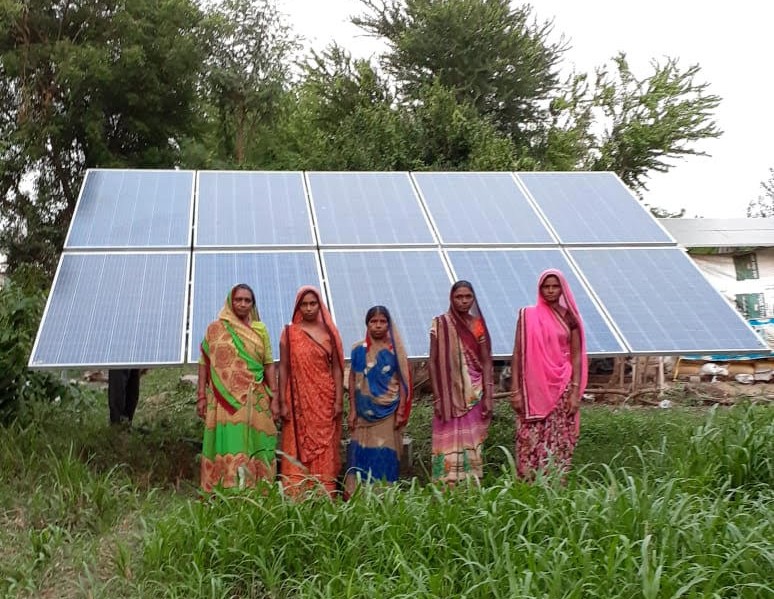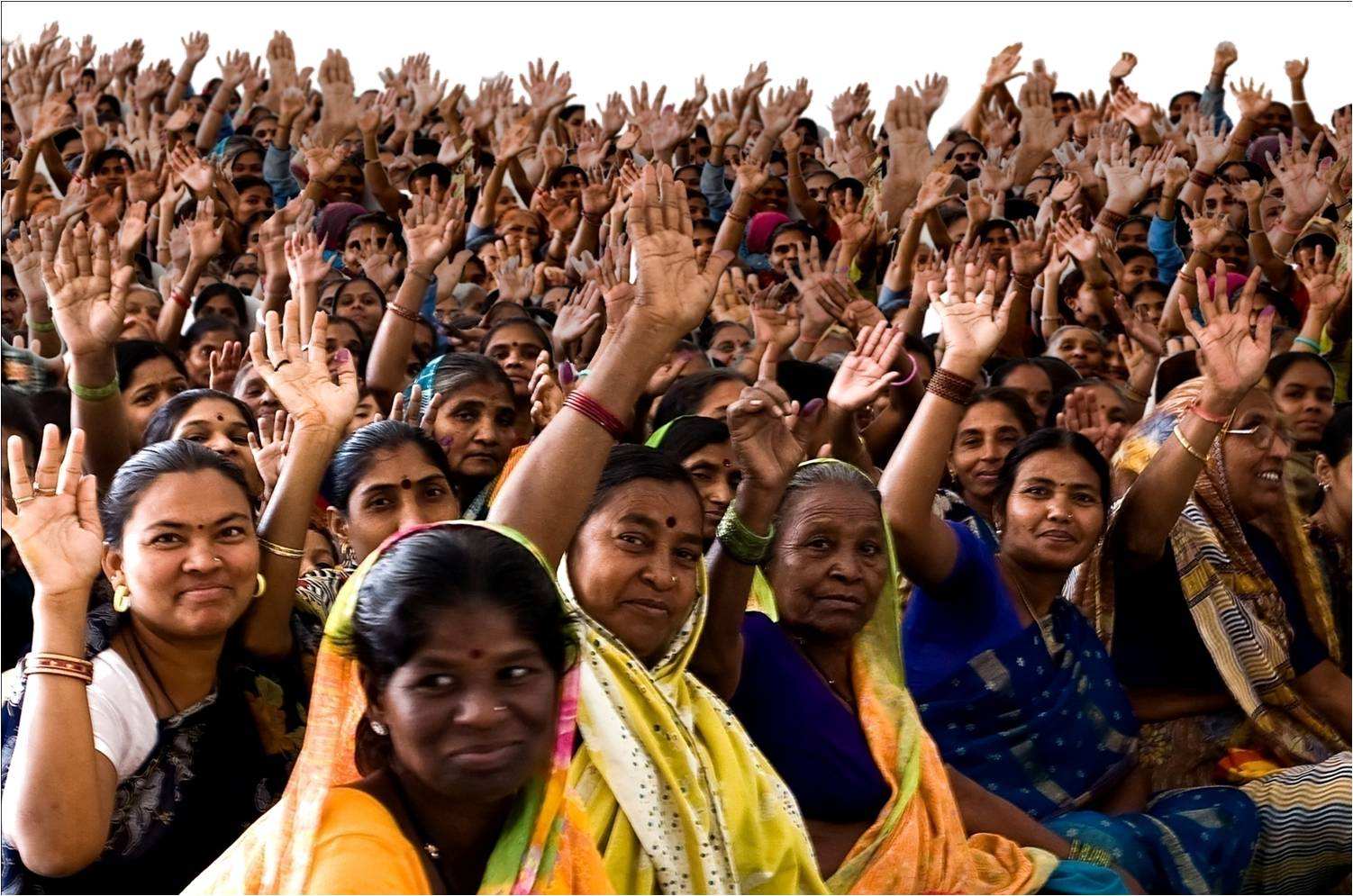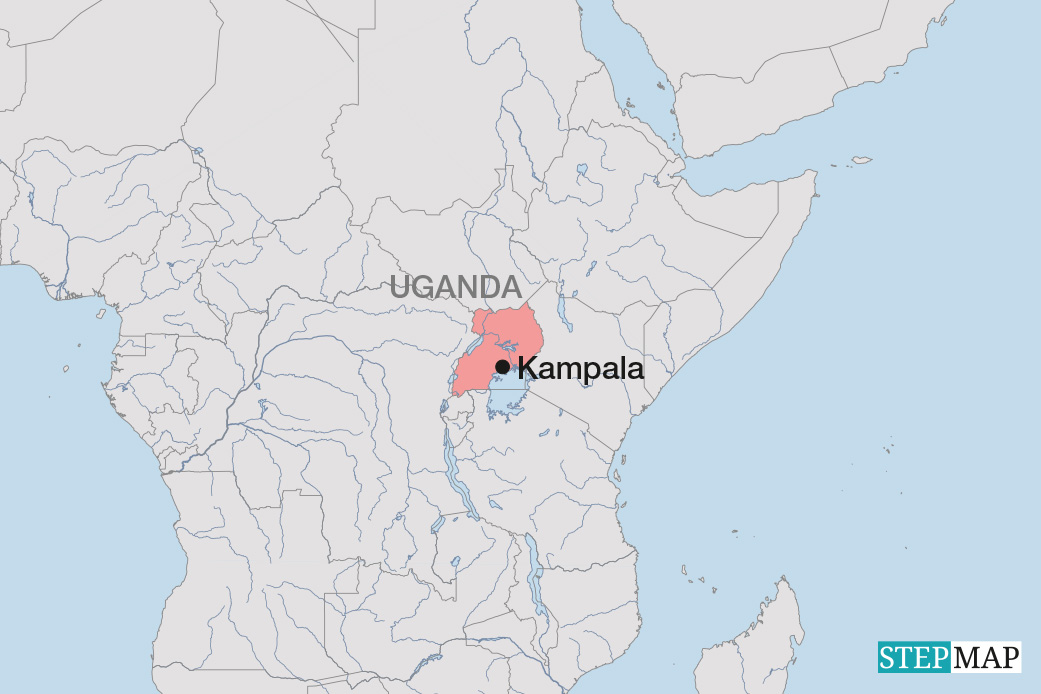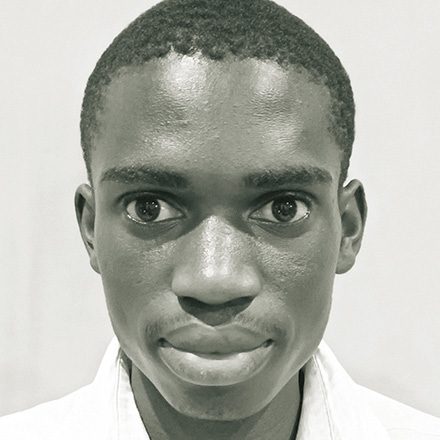Marginalised communities
Where Brazil's neglected people live
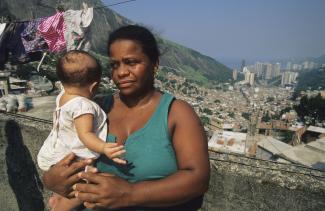
According to census data, about six percent of Brazilians lived in one of the more than 6,300 favelas in 2010. The Brazilian Institute of Geography and Statistics (Instituto Brasileiro de Geografia e Estatística – IBGE) defines a favela as a group of households with at least 51 units, which occupies – in a disordered and dense manner – land owned by others and which does not have access to essential public services. Rio de Janeiro has about 1,000 such slums. About 100,000 people live in Rocinha, the largest.
Favelas are not all the same. What they have in common is that they developed without systematic planning and much improvisation. Small, low-rise buildings are typical. Over the decades, however, makeshift shelters were replaced with houses made of bricks or concrete. Infrastructure gradually improved, to some extent because of residents’ efforts and to some extent due to government programmes. However, the authorities have a long history of neglecting the favelas and often still do not take full account of the conditions in which people live. Grassroots organisations are very important, and some non-governmental outfits are politically active or raise public awareness.
Some favela families tend to sleep in a single room, but it is not unusual to find households with two bedrooms. To create more rooms, people often build another storey onto their house. That happens when a child marries, for example. If a building has more than two floors, the ground floor often serves as a shop or workshop, while people live upstairs.
Favela roads are narrow and crowded. According to the IBGE, 56 % of favela households were linked to the sewage network in 2010, but one percent did not even have a bathroom. The share of households with access to the water distribution system was 88 %. Electric power supply is less reliable than in other urban areas, and some homes still do not have access.
Most homes had a refrigerator and a TV set in 2010, and did not differ from other Brazilian households in that respect. The IBGE, however, only found washing machines in 41 % of favela households, while the comparative figure in other neighbourhoods was 67 %. The share for computer ownership was 28 % in favelas and 56 % elsewhere. These figures have certainly increased in the past ten years. According to Data Favela, a non-governmental institute, 78 % of the age group 16 to 29 were regularly accessing the internet in 2013.
A lot of informal economic activity takes place in favelas, but officially registered businesses operate here too. The residents do not only belong to the working class, but to the lower middle class as well. The reputation for lawlessness and violence is exaggerated, but not unfounded (see box).
“African neighbourhoods”
Some favelas are actually quite old. The first emerged in the late 19th century, when former soldiers and former slaves built themselves informal homes in major cities. Often they settled on steep slopes because that land was unused without anybody laying claim to it. From the very beginning, there was a race dimension. Initially, favelas were sometimes called “bairros Africanos” (African neighbourhoods).
People of colour are still more likely to live in a favela than those of exclusively European ancestry. The 2010 census showed that 45 % of Brazil’s population was white, but white people only accounted for not quite a third of the favela population, while 13 % were black and 55 % were mixed race. Members of indigenous peoples tend to be marginalised as well, but only rather few live in urban agglomerations.
Data Favela has found that 70 % of women living in favelas have children, and the majority had their first child before the age of 20. The number of children varies. It is not unusual for a mother to have five or even six kids. Data Favela research has also revealed that women head 44 % of favela households. Moreover, the institute recently reported that 72 % of favela residents do not have any savings. They can maintain their low standard of living for a week at most of if they lose their source of income. Social disparities are huge in Brazil, given that the country has more billionaires than France, as Forbes magazine has reported.
A large share of the favela population depends on informal activities. According to IBGE data, 27,8 % of the residents work without a contract. Elsewhere, that share is just 20.5 %. Given that poor families tend to be large and include many dependent persons, half of the favela population probably depends on informal livelihoods.
This sector is marked by racism too. Black and brown people tend to be paid less than white people, even if they do the same work. Most often, they get the worst jobs. That is not different in the formal sector, of course, where white staff members earned about 42 % more than black and brown people in 2018, according to the IBGE.
If all favelas together were one of Brazil’s states, that state would be the 5th most populous. Its monthly per-capita income, however, would be the equivalent of about 100 euro, only half of Brazil’s official minimum wage, researchers from Data Favela and Locomotiva reckon. Nonetheless, its gross domestic product would be larger than Bolivia’s.
It is no surprise, of course, that the favela population is particularly hard hit by the Covid-19 pandemic. That is true both in health and economic terms. Where population density is high, the virus spreads fast, and where people lack the kind of protection that comes with formal-sector jobs, they drop into poverty faster. In December, infection numbers were again rising fast.
Most people do not want to leave
Life is tough in the favelas. Nonetheless, most residents do not want to leave. In 2014, the Data Popular Institute did a survey of 63 slums. Of 2,000 respondents, 94 % said they were happy, and 66 % said they did not want to move to another place. The reason is that people depend on the communities they live in. People like to be surrounded by family and friends. Close ties offer a sense of protection and provide support in times of need. Moreover, local networks facilitate joyful social activities – including Samba and Carnival, for example.
Karen Cândido, who works for the community-based media platform Voz das Communidades (voice of the communities) says: “The people in the favelas fight for their rights and are happy as they are.” There are many problems, she says, but people are determined to make progress. “What makes us proud,” she adds, “is moving forward. And if you need help, the neighbours will provide it.”
Thuany Rodrigues is a journalist based in Rio de Janeiro.
thuanyrodriigues@gmail.com

